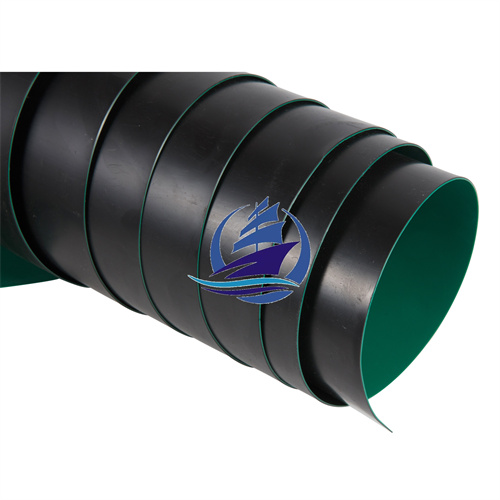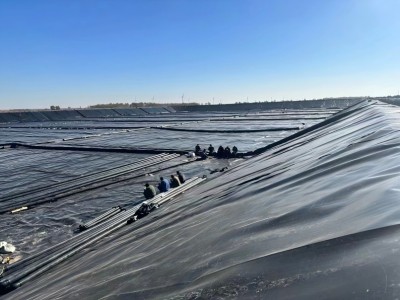
What is the ASTM standard for Geomembrane?
2024-10-19 15:00
ASTM standards play a crucial role in ensuring the quality and reliability of geomembranes used in various applications. This article simplifies the concept of ASTM standards for buyers, helping them understand what these standards mean for their projects. We’ll explore key standards, their importance, and how to select the right geomembrane for your needs.
What Are ASTM Standards?
ASTM International is an organization that develops and publishes voluntary consensus technical standards for a wide range of materials and products, including geomembranes. These standards provide guidelines on performance, testing methods, and quality assurance. For buyers, understanding these standards is vital for ensuring that the geomembrane sheet they choose will perform effectively in its intended application.
Key ASTM Standards for Geomembranes
There are several important ASTM standards specifically related to geomembranes. Some of the key standards include:
ASTM D4632: This standard measures the tensile properties of geomembranes, ensuring they can withstand stretching without breaking.
ASTM D5757: This standard assesses the hydraulic properties of geomembranes, ensuring they effectively prevent liquid movement.
ASTM D5884: This standard evaluates the puncture resistance of geomembranes, which is crucial for applications like landfill liners.
These standards help ensure that geomembrane sheets can perform reliably in various conditions, from landfills to water reservoirs.
Why Compliance Matters
Choosing geomembranes that comply with ASTM standards is essential for the safety and success of your projects. Non-compliant products may lead to failures, which can cause environmental hazards and costly repairs. When working with geomembranes companies, it’s important to ask for documentation that proves compliance with relevant ASTM standards. This step can help safeguard your investment and ensure long-term performance.
Selecting the Right Geomembrane
When it comes to selecting the right geomembrane sheet, consider several factors:
Material: Different materials (like HDPE or LLDPE) have varying properties and applications.
Thickness: The thickness of the geomembrane affects its durability and resistance to punctures.
Intended Use: Identify the specific application—whether it’s for waste containment, water management, or agricultural use.
Collaborating with reputable geomembranes companies can provide valuable insights and recommendations tailored to your project’s unique requirements.
Future Trends in Geomembrane Standards
As technology advances, ASTM standards for geomembranes continue to evolve. Innovations in materials and testing methods aim to improve performance and sustainability. Buyers should stay informed about these trends to make educated decisions about their geomembrane choices. Engaging with forward-thinking geomembranes companies can also provide access to the latest advancements and standards in the industry.
Conclusion:
Understanding the ASTM standards for geomembranes is vital for ensuring the quality and effectiveness of your projects. By choosing geomembranes that meet these standards, you can enhance safety and performance, ultimately saving time and money. For reliable products and expert guidance, consider partnering with Yingfan, where we prioritize quality and customer satisfaction in every project.









